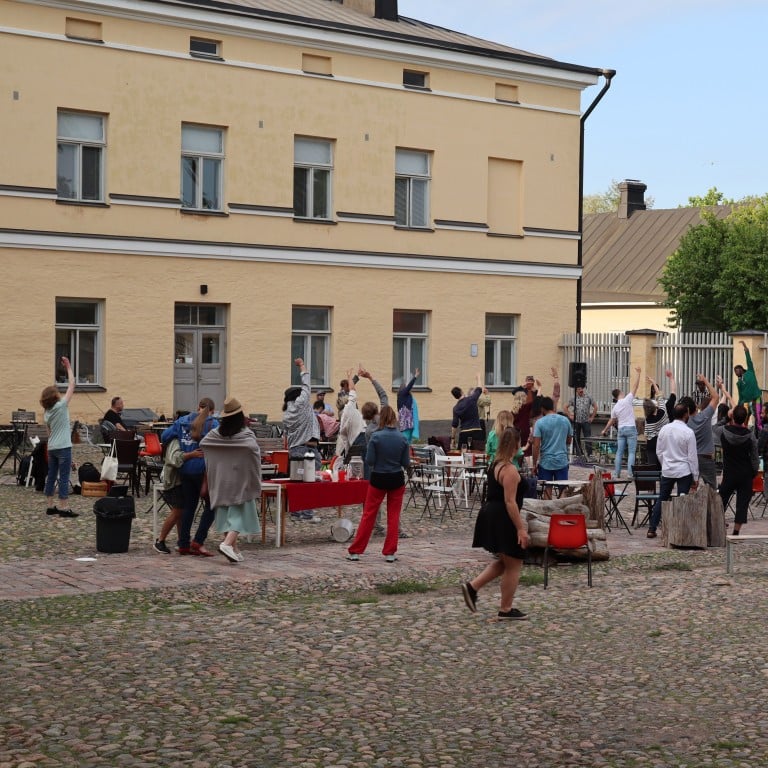
What to see and do at Finland’s oldest mental hospital, in Helsinki, reborn as cultural centre and tourist attraction
- Built in Helsinki in 1841, Lapinlahti Psychiatric Hospital was the first of its kind in Finland, and in 2016 was reopened as a cultural centre
- Thousands every year attend its free mental health and arts events, and tourists will enjoy history and foraging tours and, in summer, picnics on its beach
Ancient castles, historical palaces, notorious jails – tourists are commonly drawn to such places. But a former mental hospital?
Overlooking Lapinlahti Bay, surrounded by a lush-green, bio-diverse park in downtown Helsinki, stands the estate of the Lapinlahti Psychiatric Hospital.

Over the years, however, encroachment by housing projects and the Länsiväylä highway led to the plot shrinking by two-thirds.
With old structures unsuitable for a modern health facility, the hospital’s last patients were transferred elsewhere in 2008, and its protected heritage buildings remained empty for five years.
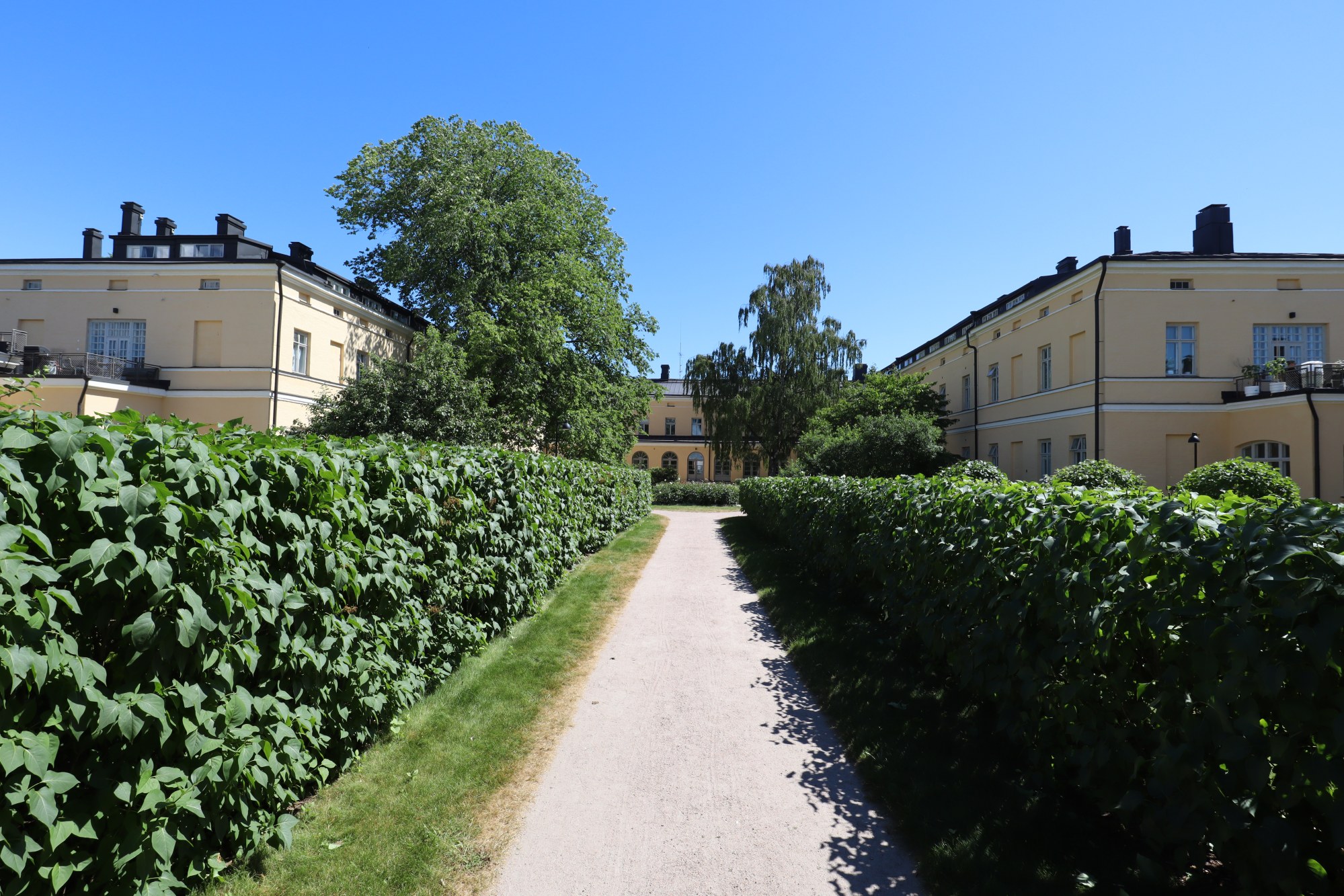
In 2013, mental health practitioners, activists and artists banded together to turn the heritage complex into a community centre. They decided to dedicate the space to mental well-being – thus preserving its historical purpose – and also to arts and culture.
“Through arts, one can express complex thoughts and emotions that might be hard to express otherwise,” says Ville Pellinen, managing director of social enterprise Lapinlahden Lähde, one of the three operators of the Lapinlahti complex.
“Arts and culture are great ways to bring people together, regardless of their cultural backgrounds and personal characteristics. [They] promote participation, a sense of belonging and mental well-being,” he adds.
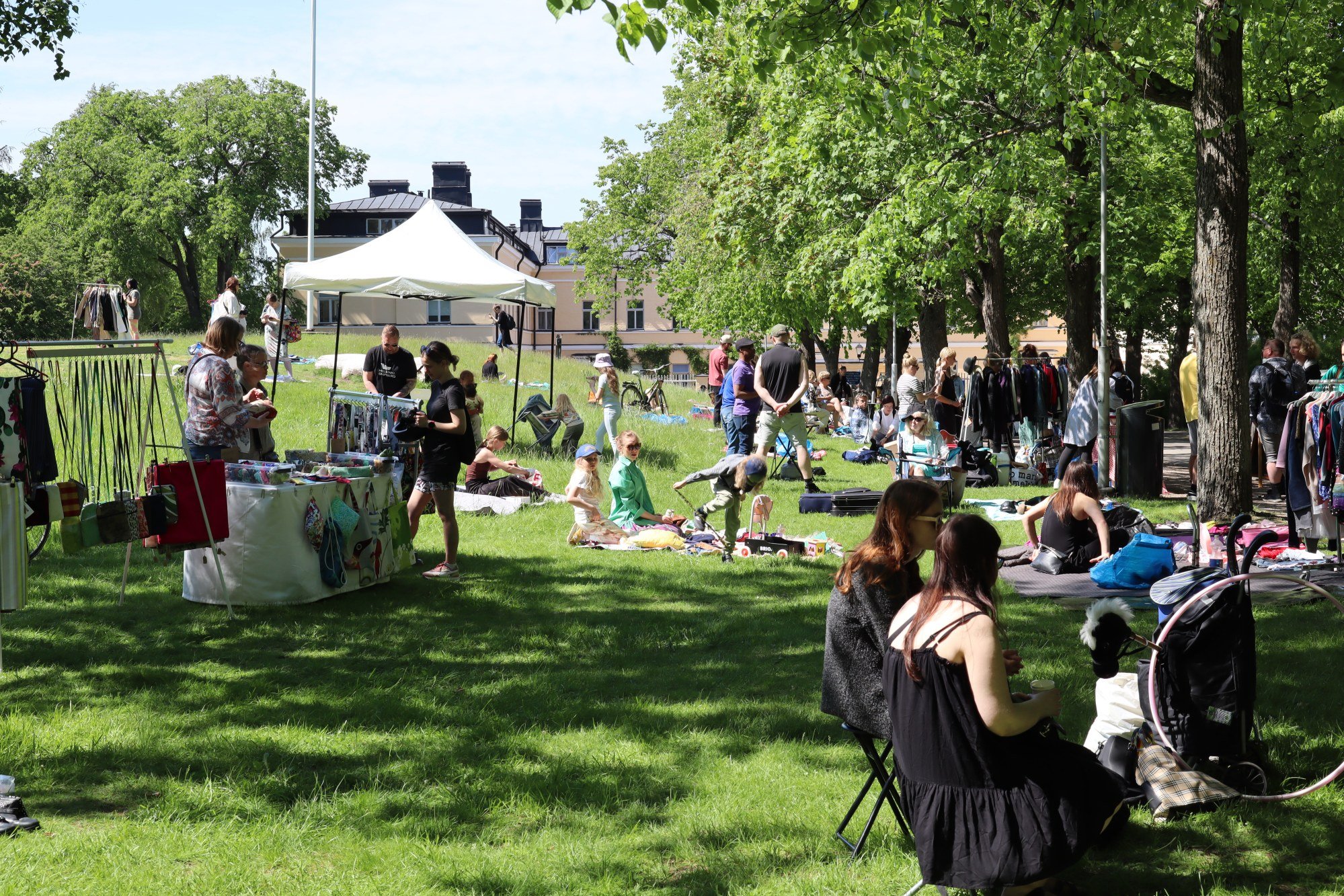
Since then, the Lapinlahti Cultural Centre has hosted art exhibitions, workshops, nature tours, alternative healing sessions and art and music performances across its 164 therapy rooms, seven galleries, two cafes, restaurant and bakery.
The complex also houses a sauna, two art schools, a furniture restoration workshop and an enterprise that buys damaged flowers from big retail chains, revives them and sells them at a reduced price.
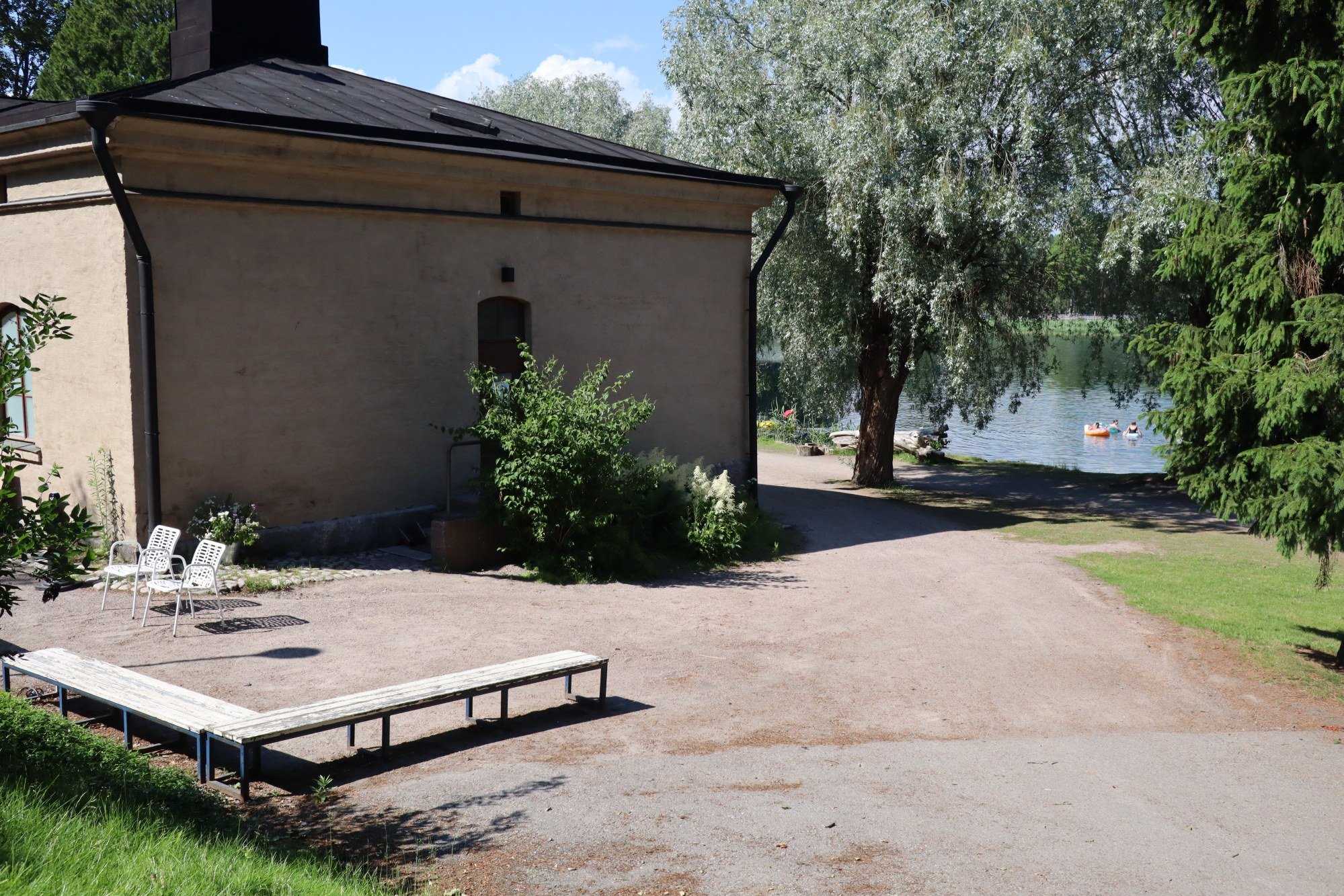
“My favourite space in the centre is the drum room,” says author and travel guide Ulla-Maija Rouhiainen. “You go in there, beat the drums as hard as you can and relieve all your stress and frustration.”
Among other activities tourists might find of interest are curated historical tours of the complex, and foraging expeditions on which visitors are taught by guides about the herbs, mushrooms and berries found on site, and their medicinal and nutritional benefits. The complex’s beach is a great picnic spot.
Like Rouhiainen, many locals visit the centre to seek mental health advice, and about 70,000 people visit each year to attend its 200 or so free events – including mental health seminars and music and dance performances.

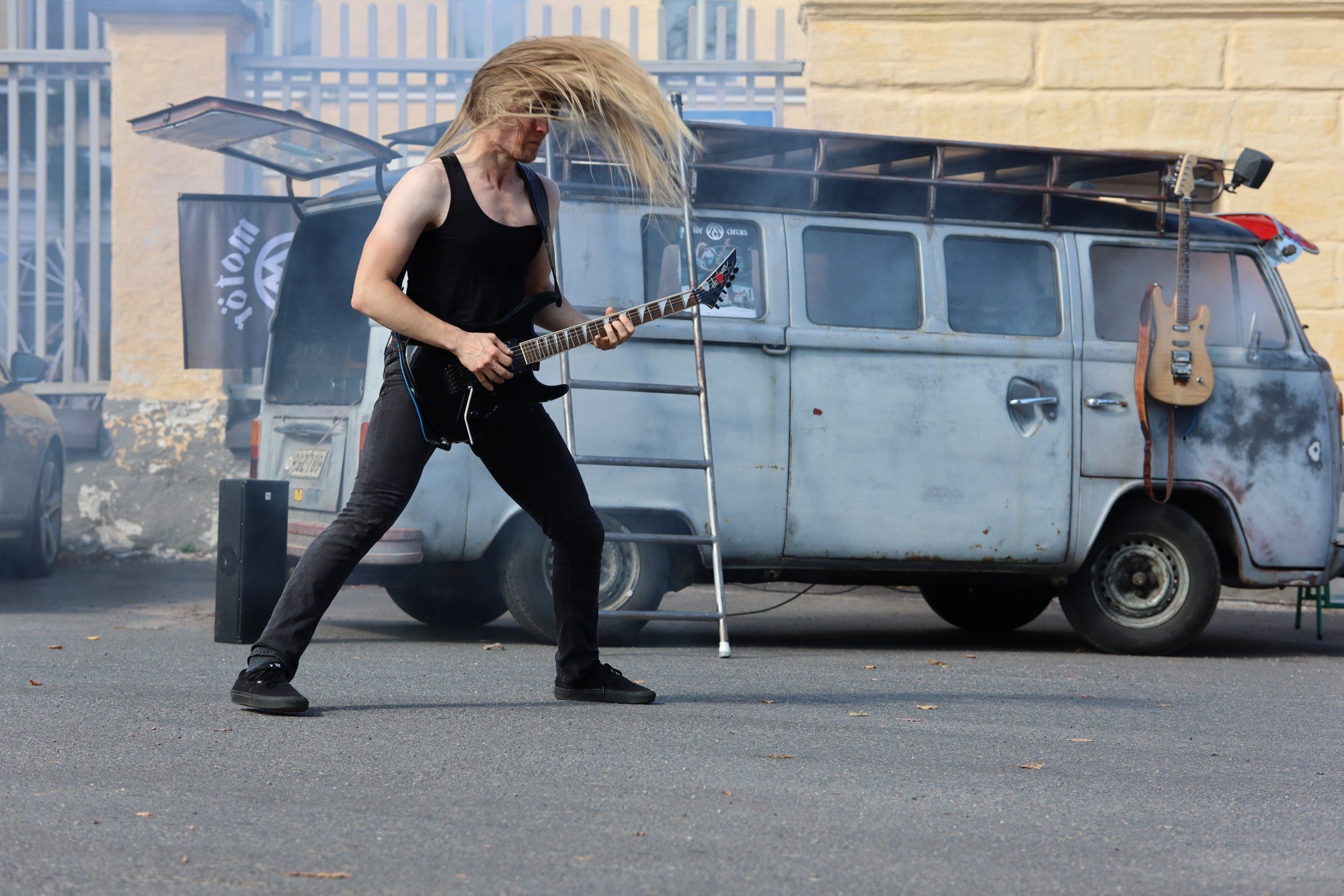
One of the most popular parts of the complex is the Mental Museum. Among the displays used to recount the history of the hospital is that of a patient’s bed, with a side table and a nurse’s uniform and a doctor’s coat hanging nearby.
On the walls are photographs of children being treated in the hospital.
The centre also conducts group activities for immigrants, with the goal of making them feel like they belong to their new country.

“It is painfully clear that we live in an era of environmental and geopolitical crises and increasing inequalities,” says Pellinen. “The centre connects people during times when other forces tear them away from each other.”
The idea was strongly opposed by the Lapinlahti community and others in Helsinki, forcing the government to back down.
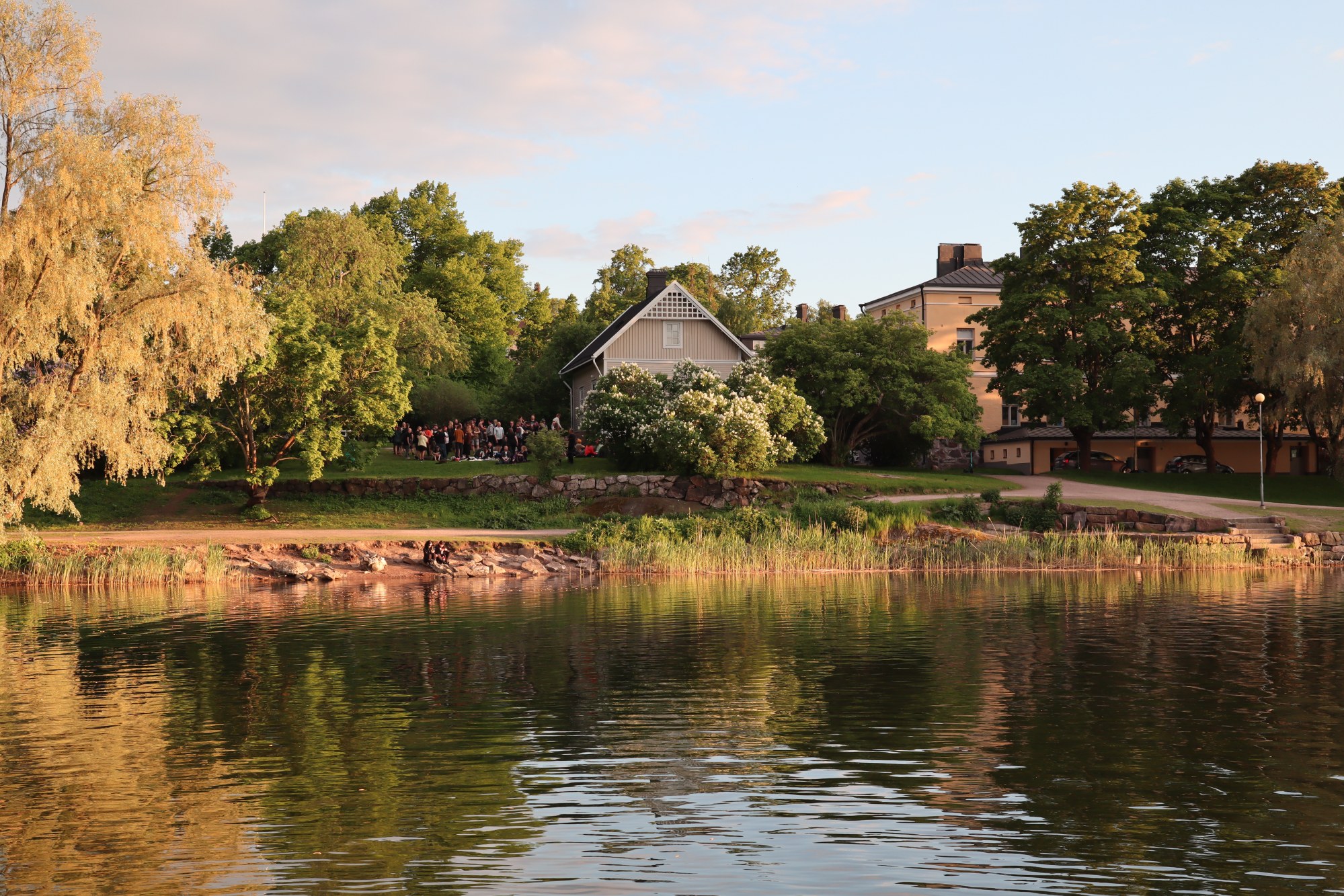
But the relief was short-lived. In the autumn of 2020, the authorities set up a study group to map out the future of the land.
The group’s 2021 report proposes the creation of a real estate company in which Helsinki city will be the main stakeholder. The authorities could then have the power to sell park land to investors.
There are also worries about the costs of the eventual restoration of the heritage buildings.
“We are still uncertain about how these renovations will be funded,” says Pellinen. “This raises a big question about the future of the Lapinlahti centre.”

